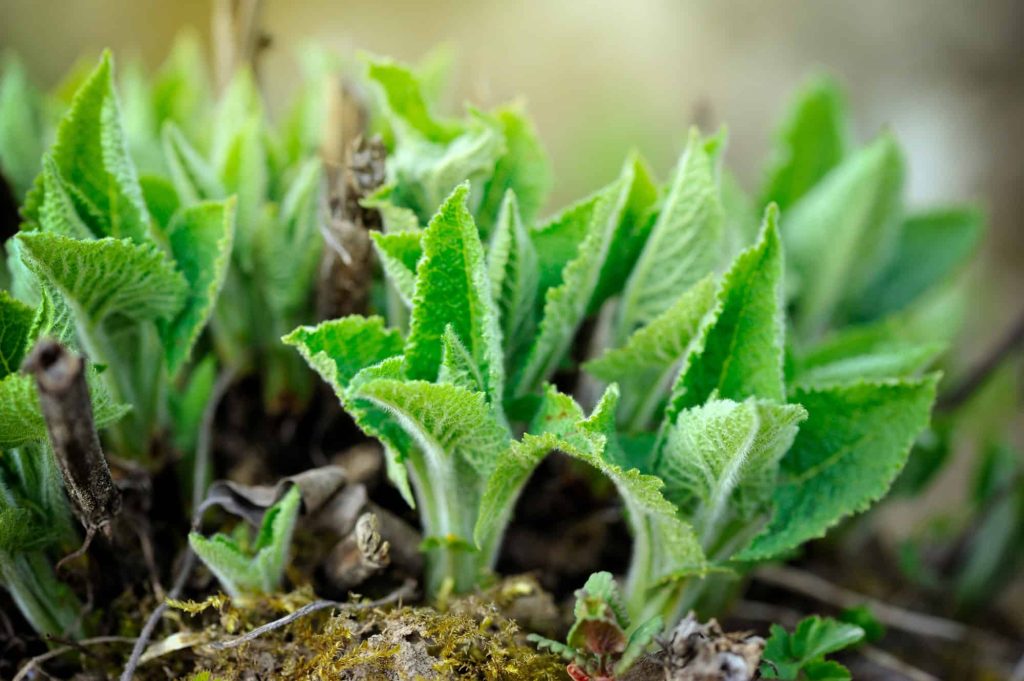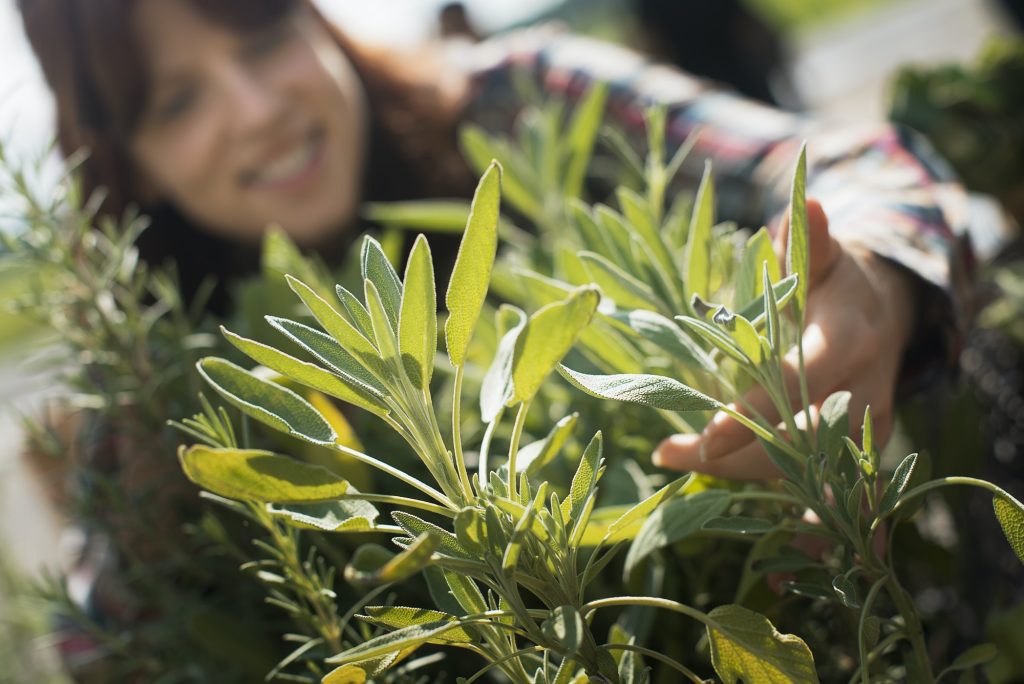Will sage grow back year after year? Sage is a cold-hardy herb that happens to be popular in the kitchen and the garden as well. Sage is very easy to grow and if you live in planting zones 5 to 8, your sage should be grown as perennial but they are grown as annuals in humid climates.
Sage is open of the most common type of herbs, and it will grow anywhere. However, sage can be quite challenging when it’s planted by seed, and understanding its growth requirement makes it easier to care for. Growing sage is time-saving and very economical which is why farmers often choose them.
Not all sage varieties are culinary hence why understanding them will help you grow healthier sage.
One of the advantages of planting sage in your garden is that it helps repel certain harmful pests, and it can help improve some fruit’s taste as well. There are over 900 species of sage and in addition to them being used for cooking, there are also varieties that are mainly for ornamental purposes.
Harvesting sage can be done at almost anytime, and you can choose to have the leaves used for lots of things or enjoy the leaves as a pretty component in your garden. It’s not susceptible to many pests either, however, read below to understand if your sage will be growing back every year or not.
Is Sage A Perennial? Does Sage Grow Back Every Year?
Most sage varieties are perennials and in some certain zone too. Sage is a woody perennial, and it belongs in the same family as mint hence you can plant and harvest the same way.
Sage does not need to be replanted year after year, but it is a short-lived perennial, and it’s best to replace it every few years. This herb will thrive in a sunny location and well-drained soil, and you should wait for the soil to dry out completely before watering it.

Most herbs are perennial depending on the region. Sage is a cold-hardy herb, but some varieties are known to go dormant in winter and grow back in spring. Some varieties of sage adapt to cold well and as long as it is cared for properly, it can be harvested every year.
As the years go, sage herb gets woodier, and it can last for three years however as the years go by, sage can lose its flavor and no longer be productive.
In conclusion, sage can be annual and perennial depending on the zone it’s being grown. Gardeners who grow sage in zone 9 or further south claim it can be an annual or once-in-a-year plant. While if you are planting in zones 5-8, your plant is sure to be perennial.
Quick Guide To Growing Sage
Sage is a woody perennial which means it will live for two years or more depending on the variety. But there are certain ways to care for sage if you want to grow it as a perennial regardless of your location. Thankfully, growing sage is easy, and it will grow well as annual as well but take note that it does not tolerate summer heat and humidity well. So, here is a simple guide on sage planting, soil, and care needs.
- Plant sage in a sunny area with well-drained soil of pH of 6.5 and 7
- Start sage from a small plant rather than a seed and set the plants 2 feet apart, 118 to 24 inches will do great
- Prepare the soil by adding sand and some organic matter to lighten it up and provide better drainage
- Water the plants regularly and feed them with the right plant food
- Sage won’t do well in wet soil so cut back on the water when they are fully grown
- Replace the plants every two or three years, so they remain productive.
Will sage grow back after winter?
You might have to revive sage back yourself after winter, but it is a cold-hardy perennial, and it is certain to grow back in some regions.
Most sage varieties so go dormant in winter and grow back in spring and generally, sage herbs are going to grow back after winter if it’s cared for properly. To make sure your sage grows back after winter, you should check the growing guide for that variety to know if it needs to be protected during winter or not.
Wrapping Up
Sage might be a cold-hardy perennial but the colder your climate, then likely they are not to grow back in spring.
Sage should not be pruned in winter or fall to avoid damaging new growth and luckily sage is one plant that can revive itself when winter is long gone. So, as long as your sage is protected during winter or grown indoor, it will survive the cold winter temperature and keep providing flavorful foliage.
